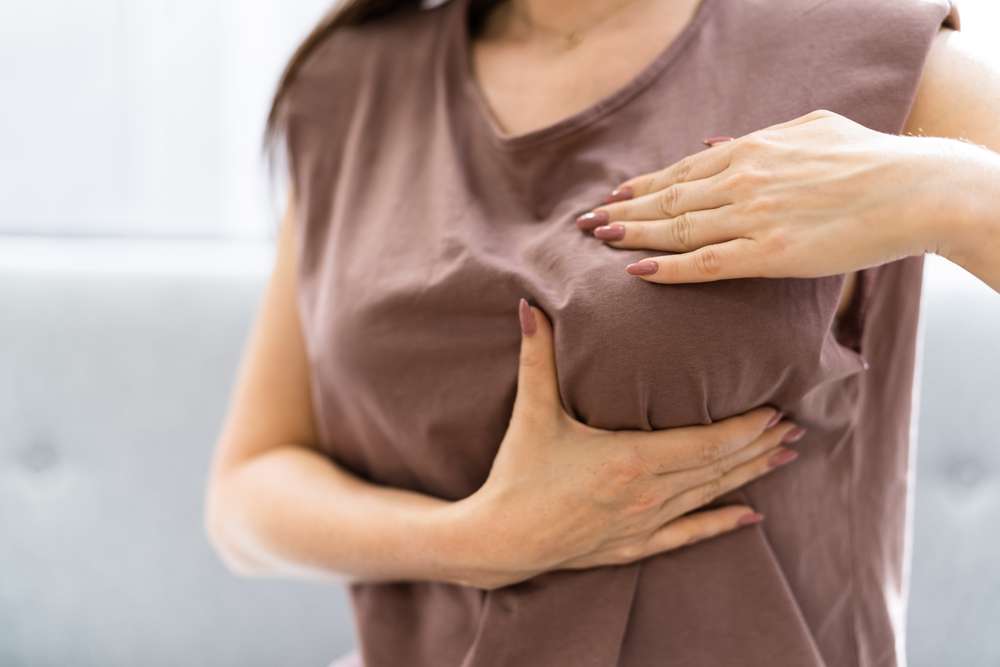Early Symptoms of Breast Cancer You Should Be Aware Of in the United Kingdom
Breast cancer can begin with subtle changes that are easy to miss. Recognizing early symptoms is key to improving outcomes through timely medical attention in the United Kingdom. From unusual lumps to changes in skin texture, understanding what to watch for can help in taking the right steps early.

What are the most common early signs of breast cancer?
The most common early signs of breast cancer often involve changes in the breast tissue or appearance. These may include:
-
A new lump or thickening in the breast or armpit area
-
Changes in the size, shape, or contour of the breast
-
Dimpling, puckering, or redness of the skin on the breast
-
Nipple changes, such as inversion, discharge, or rash
-
Persistent pain in one area of the breast
It’s important to note that these symptoms can also be caused by non-cancerous conditions. However, any persistent or unusual changes should be evaluated by a healthcare professional.
How can you detect breast lumps through self-examination?
Regular self-examination is a valuable tool for detecting breast changes early. To perform a self-exam:
-
Stand in front of a mirror and visually inspect your breasts for any changes in size, shape, or skin texture.
-
Raise your arms and look for any dimpling, puckering, or changes in the contour of your breasts.
-
Lie down and use the pads of your fingers to feel for any lumps or thickening in your breast tissue, moving in a circular pattern from the outside to the center.
-
Check your nipples for any discharge or changes in appearance.
Perform self-exams monthly, preferably a few days after your menstrual period ends when breasts are least likely to be swollen or tender.
What skin changes on the breast should raise concern?
Certain skin changes on the breast can be potential indicators of breast cancer and should prompt medical evaluation:
-
Dimpling or puckering of the skin, often compared to the texture of an orange peel
-
Redness, scaliness, or thickening of the nipple or breast skin
-
Swelling, warmth, or redness in one area of the breast
-
Itching or rash on the nipple or surrounding area
-
Visible veins on the breast surface that weren’t previously noticeable
These changes may be subtle at first, so it’s crucial to be familiar with your normal breast appearance and texture to detect any alterations quickly.
Are there any non-visual symptoms to be aware of?
While many breast cancer symptoms are visual, there are some non-visual signs to be mindful of:
-
Persistent breast pain or tenderness that doesn’t fluctuate with your menstrual cycle
-
A feeling of fullness, heaviness, or burning in the breast
-
Unexplained weight loss or fatigue
-
Swelling in the armpit or collarbone area
-
Nipple discharge, especially if it’s clear or bloody
These symptoms can be more challenging to detect through self-examination alone, making it essential to pay attention to any unusual sensations or changes in your body.
What unique factors affect breast cancer awareness in the UK?
In the United Kingdom, several factors influence breast cancer awareness and early detection:
-
The NHS Breast Screening Programme offers free mammograms to women aged 50 to 71 every three years.
-
Breast cancer is the most common cancer in the UK, with about 55,000 new cases diagnosed each year.
-
The UK has a strong network of breast cancer charities and support groups, providing resources and education.
-
There’s an increasing focus on genetic testing for those with a family history of breast cancer.
-
Awareness campaigns like Breast Cancer Awareness Month in October help promote regular screening and self-checks.
These factors contribute to a robust system of early detection and support for breast cancer patients in the UK.
How important is timely medical evaluation for breast changes?
Timely medical evaluation of any breast changes is crucial for several reasons:
-
Early detection significantly improves treatment outcomes and survival rates.
-
Many breast changes are non-cancerous, but only a medical professional can determine this definitively.
-
If cancer is present, early diagnosis allows for more treatment options and potentially less aggressive interventions.
-
Prompt evaluation can alleviate anxiety and uncertainty about breast health.
-
Regular check-ups create a baseline for your breast health, making it easier to detect future changes.
In the UK, if you notice any concerning changes, contact your GP promptly. They can refer you to a specialist breast clinic if necessary, typically within two weeks.
This article is for informational purposes only and should not be considered medical advice. Please consult a qualified healthcare professional for personalized guidance and treatment.




